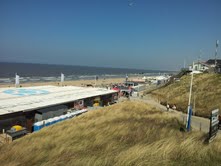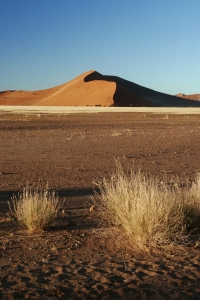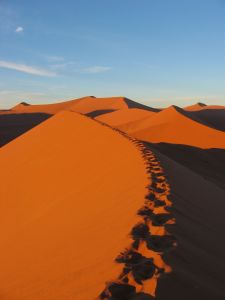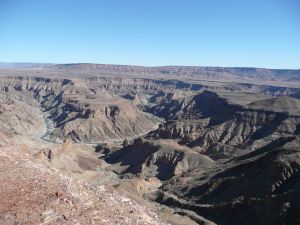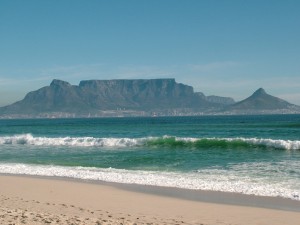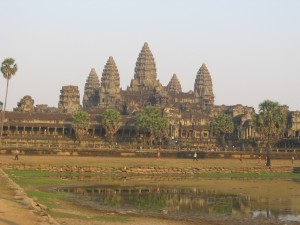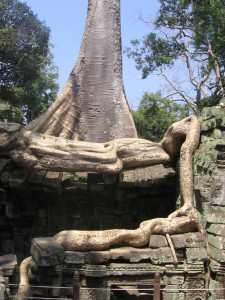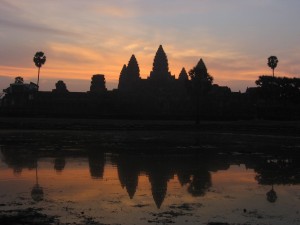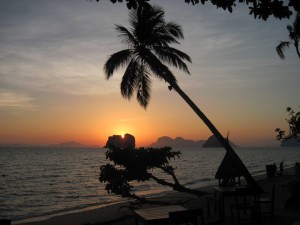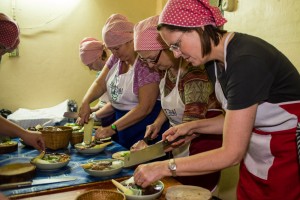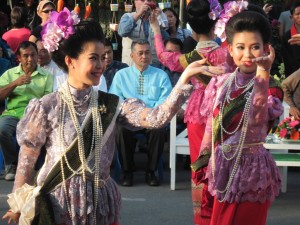It occurs to me that I promised long ago to elaborate on the specifics for our 2014 Southern Safari tour. Lets begin today with Capetown, widely regarded as one of the most beautiful cities in the world. One glance at the skyline confirms the reputation - dominated by picturesque Table Mountain and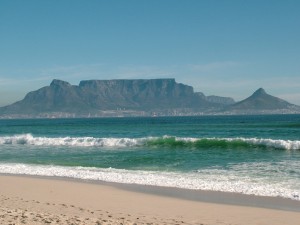 surrounded by water on two sides, it would be hard to argue against the claim. Add in some pleasing and colorful colonial architecture, a vibrant city center, a picturesque harbor, fantastic nearby sights, and you have the recipe for a world class city. We’ll spend four nights here on our 2014 Southern Safaris tours to be sure to have enough time for thorough exploration and enjoyment. We’ll begin with an all-day excursion to iconic Cape Point - the south-westernmost point of the continent and the symbolic last obstacle passed by Bartolomeo Dias in 1488 to open up Asia to Atlantic traders, thereby re-writing the trade routes and the flow of history. Trade shifted from a Mediterranean to an Atlantic orientation. Venice began its decline and the Portuguese and Spanish began their ascent, followed eventually by the Dutch and the British - eventually issuing in the age of colonialism. The cape is an impressive historical spot, but equally alluring for its natural and rugged beauty. The cape narrows to a point with steep cliff sides. A lighthouse adds to the visual appeal. [For a panoramic preview, click here] Seabirds, ostriches, seals, penguins, whales, and other wildlife add another dimension to the excursion.
surrounded by water on two sides, it would be hard to argue against the claim. Add in some pleasing and colorful colonial architecture, a vibrant city center, a picturesque harbor, fantastic nearby sights, and you have the recipe for a world class city. We’ll spend four nights here on our 2014 Southern Safaris tours to be sure to have enough time for thorough exploration and enjoyment. We’ll begin with an all-day excursion to iconic Cape Point - the south-westernmost point of the continent and the symbolic last obstacle passed by Bartolomeo Dias in 1488 to open up Asia to Atlantic traders, thereby re-writing the trade routes and the flow of history. Trade shifted from a Mediterranean to an Atlantic orientation. Venice began its decline and the Portuguese and Spanish began their ascent, followed eventually by the Dutch and the British - eventually issuing in the age of colonialism. The cape is an impressive historical spot, but equally alluring for its natural and rugged beauty. The cape narrows to a point with steep cliff sides. A lighthouse adds to the visual appeal. [For a panoramic preview, click here] Seabirds, ostriches, seals, penguins, whales, and other wildlife add another dimension to the excursion.
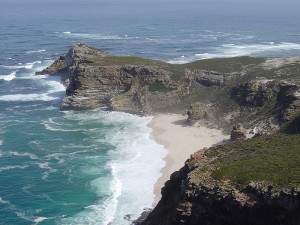 Several large troops of entertaining Chacma Baboons also call the cape home. Late winter to fall is the migratory season for Right and Humpback whales so our August (winter in the southern hemisphere) tour will undoubtedly be seeing some of the majestic creatures, an exciting addition to our wildlife viewing.
Several large troops of entertaining Chacma Baboons also call the cape home. Late winter to fall is the migratory season for Right and Humpback whales so our August (winter in the southern hemisphere) tour will undoubtedly be seeing some of the majestic creatures, an exciting addition to our wildlife viewing. 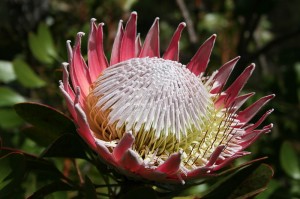 Additionally, I’m hoping to incorporate a cultural connection experience on this excursion day and we‘ll be stopping at world-famous Stellenbosch Botanical Gardens on the way home. The gardens are beautifully maintained and include three green houses (tropical; succulent; and karoo), a lotus lily pond, Japanese Garden, Herb Garden, and arboretum.
Additionally, I’m hoping to incorporate a cultural connection experience on this excursion day and we‘ll be stopping at world-famous Stellenbosch Botanical Gardens on the way home. The gardens are beautifully maintained and include three green houses (tropical; succulent; and karoo), a lotus lily pond, Japanese Garden, Herb Garden, and arboretum.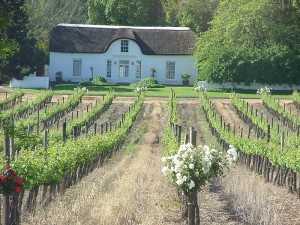 Our second full day will be spent on a completely different kind of leisure activity. We’ll be touring South Africa’s famous wine country. Driving through beautiful mountainous countryside we’ll stop at famous wine villages. Of course we will visit a couple of producers to sample the goods and see their operations. Lunch will be in the quaint town of Franschhoek.
Our second full day will be spent on a completely different kind of leisure activity. We’ll be touring South Africa’s famous wine country. Driving through beautiful mountainous countryside we’ll stop at famous wine villages. Of course we will visit a couple of producers to sample the goods and see their operations. Lunch will be in the quaint town of Franschhoek. 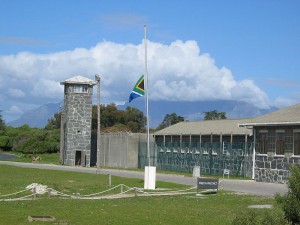 A third day in Capetown is scheduled without activities. With a lot to see and do we’re giving everyone the option to order their own day. However, we will organize an excursion to Robben Island, the infamous Apartheid prison that housed Nelson Mandela among others. One of the things that makes this excursion unique is that former inmates are the docents who escort visitors around the facility. Talk about an opportunity to peek behind the curtain of commercial tourism. Other options include city walking tours, shopping, relaxing with a waterfront meal, or visiting one of the many museums.
A third day in Capetown is scheduled without activities. With a lot to see and do we’re giving everyone the option to order their own day. However, we will organize an excursion to Robben Island, the infamous Apartheid prison that housed Nelson Mandela among others. One of the things that makes this excursion unique is that former inmates are the docents who escort visitors around the facility. Talk about an opportunity to peek behind the curtain of commercial tourism. Other options include city walking tours, shopping, relaxing with a waterfront meal, or visiting one of the many museums. 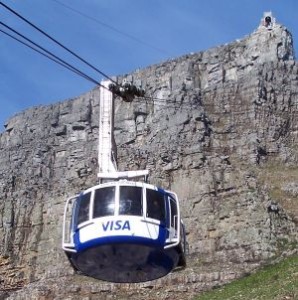 A final activity will be an included excursion up Table Mountain. We’ll choose one of the days when weather conditions are optimum and board the gondola cable car that sweeps usto the top in just minutes. The gondola itself rotates while ascending, allowing 360° views. From the top we’ll enjoy a little light hiking and tremendous vistas in every direction. To the north, Signal Hill, Capetown Harbor, and the Atlantic coast; to the east, the city bowl, heart of downtown Capetown; to the west the vastness of the Atlantic as well as the sunset; and south down the rugged spine of land that terminates at the cape. A perfect vantage for appreciating the lovely natural setting for this beautiful city.
I believe the three and a half days spent here will be just barely enough to see Capetown’s highlights and also peak behind some of her curtains. I can’t wait for my alumni travelers to add this world class destination to their bucket lists.
A final activity will be an included excursion up Table Mountain. We’ll choose one of the days when weather conditions are optimum and board the gondola cable car that sweeps usto the top in just minutes. The gondola itself rotates while ascending, allowing 360° views. From the top we’ll enjoy a little light hiking and tremendous vistas in every direction. To the north, Signal Hill, Capetown Harbor, and the Atlantic coast; to the east, the city bowl, heart of downtown Capetown; to the west the vastness of the Atlantic as well as the sunset; and south down the rugged spine of land that terminates at the cape. A perfect vantage for appreciating the lovely natural setting for this beautiful city.
I believe the three and a half days spent here will be just barely enough to see Capetown’s highlights and also peak behind some of her curtains. I can’t wait for my alumni travelers to add this world class destination to their bucket lists.


